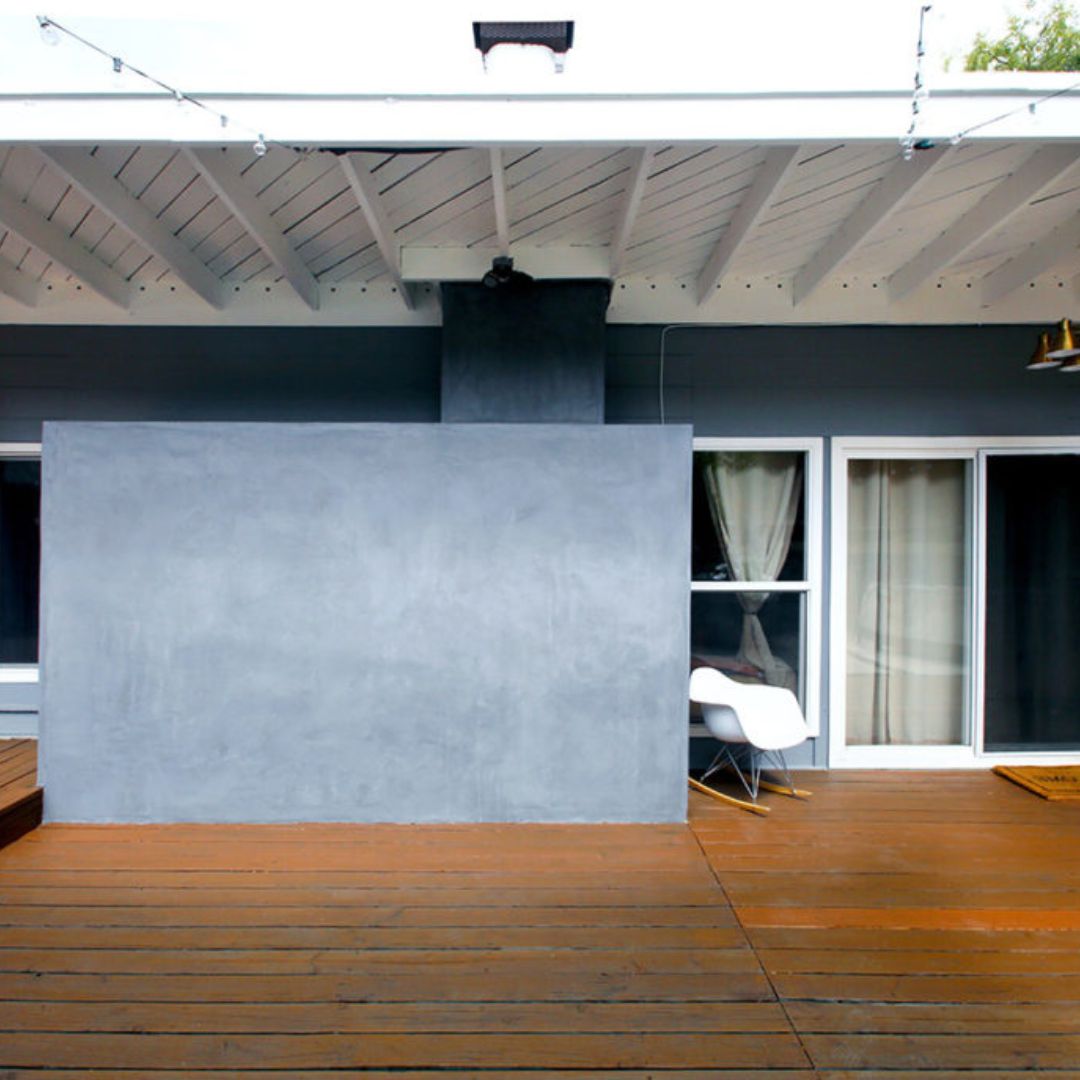Stucco is a popular exterior finish known for its durability, versatility, and aesthetic appeal. When applied correctly, it provides a clean, seamless look that can transform the exterior of a building. But is stucco installation on concrete a good idea? Let’s explore the benefits, considerations, and best practices for applying stucco to concrete surfaces.
Benefits of Stucco on Concrete
- Durability and Longevity Stucco is highly durable, especially when applied to concrete. The combination of stucco and concrete creates a strong, long-lasting exterior that can withstand the elements, including heavy rain, wind, and temperature fluctuations. With proper maintenance, stucco can last for decades without needing significant repairs.
- Aesthetic Appeal Stucco offers a wide range of textures and finishes, allowing homeowners and builders to achieve various looks, from smooth and modern to more textured, traditional appearances. When applied to concrete, stucco can enhance the curb appeal of any structure, making it look more refined and polished.
- Energy Efficiency Stucco acts as an additional layer of insulation, helping to improve the energy efficiency of a building. When applied over concrete, it can reduce heat transfer, keeping the interior cooler in the summer and warmer in the winter. This added insulation can lead to lower energy bills and a more comfortable living environment.
- Low Maintenance Stucco requires minimal maintenance compared to other exterior finishes. It is resistant to rot, mildew, and pests, and any minor cracks that do appear can often be repaired easily without extensive work. This makes stucco a cost-effective option over time.
Considerations Before Stucco Installation
- Surface Preparation Proper surface preparation is important when applying stucco to concrete. The concrete surface must be clean, free of dirt, dust, and loose particles. It may also need to be roughened or treated with a bonding agent to ensure that the stucco adheres properly. Skipping these steps can lead to poor adhesion and potential issues down the line.
- Moisture Control While stucco is resistant to moisture, it’s essential to ensure that the underlying concrete is not prone to excessive moisture retention. Trapped moisture can lead to problems such as mold growth or even cause the stucco to crack and peel over time. Proper drainage and moisture barriers should be in place before installation.
- Expansion Joints Concrete surfaces expand and contract with temperature changes, which can cause cracks in the stucco if not properly managed. Incorporating expansion joints into the stucco application can help accommodate these movements and prevent cracking.
- Professional Installation Stucco installation is a skilled trade that requires experience and precision. While it might be tempting to DIY, hiring a professional ensures that the stucco is applied correctly, with the proper techniques and materials, to avoid future problems.
Best Practices for Stucco Installation on Concrete
- Use a Quality Bonding Agent Applying a high-quality bonding agent to the concrete surface before the stucco is essential for strong adhesion. This step helps create a bond between the smooth concrete and the stucco, ensuring it stays in place.
- Apply in Layers Stucco should be applied in multiple layers, typically a scratch coat, a brown coat, and a finish coat. Each layer needs to cure properly before the next is applied to ensure strength and durability.
- Maintain Consistent Thickness The thickness of the stucco should be consistent across the entire surface to avoid weak spots that could lead to cracking or peeling.
- Protect from the Elements During Curing Stucco needs time to cure properly, and exposure to extreme weather conditions during this period can cause issues. It’s important to protect the surface from direct sunlight, heavy rain, or freezing temperatures until the stucco has fully cured.


